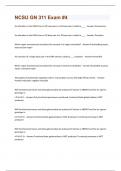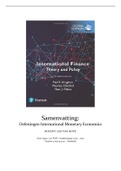Zusammenfassung
AQA A LEVEL GEOGRAPHY ‘POPULATION AND THE ENVIRONMENT’ SUMMARY NOTES
- Kurs
- Hochschule
AQA A Level human geography notes covering the ‘Population and the Environment’ topic. Uses relevant information from the textbook (without the incessant jargon), as well as notes from sources like Tutor2U, and from my teacher. Clear and concise, includes all areas of the specification with cas...
[ Mehr anzeigen ]












